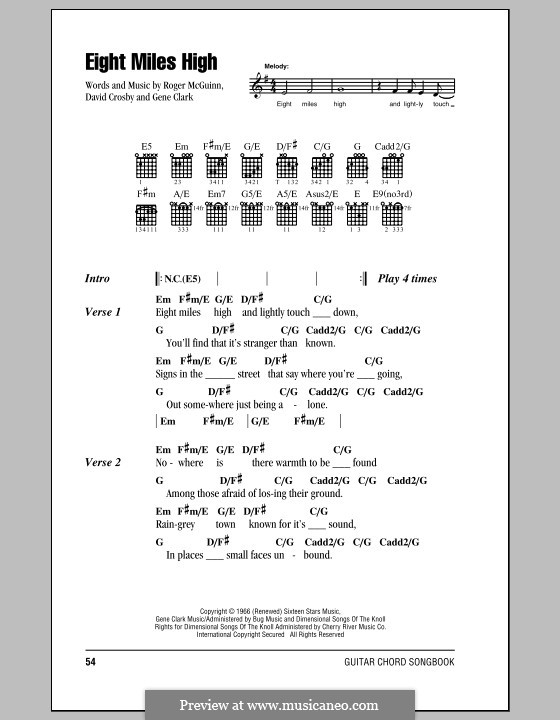

Crosby’s dissatisfaction boiled over into an infamous in-studio argument with Michael Clarke (captured on tape and made available as part of a hidden bonus track on the CD version of The Notorious Byrd Brothers) which resulted in McGuinn and Hillman picking on the drummer as well. Crosby was upset about his bandmates’ lack of support for “Lady Friend” and his other songwriting efforts, including their disapproval of his recent composition, “Triad,” a song about a ménage à trois (later recorded by Jefferson Airplane and issued on their Crown of Creation LP). The Byrds’ most recent single, “Lady Friend,” had been composed and sung by Crosby (who had wiped his bandmates’ vocal contributions from the track and replaced them with his own), but it had failed to sell well or receive much airplay in either the US or the UK, and it seemed doubtful that the track would be included on the upcoming album. Almost from the beginning, however, David Crosby was disenchanted with its course.
#Eight miles high david crosby free
(Crosby’s viewpoint was that being bound to a single group was an archaic way of thinking, and that musicians should be free to collaborate with each other as the mood struck them.) The Recording Sessionĭespite the controversies at Monterey and elsewhere, the Byrds managed to begin work on their next album, The Notorious Byrd Brothers, several weeks later. As well, the next day Crosby performed as part of Buffalo Springfield without notifying his fellow Byrds in advance, an act the others viewed as one of open defiance and a betrayal of loyalty. The other Byrds were embarrassed because Crosby’s controversial pronouncements seemingly spoke for them all, and because his comments resulted in the exclusion of the Byrds from television and film coverage of the festival. Kennedy) by ranting that Kennedy had been shot from several different directions, that witnesses to the assassination had been killed by the conspirators, and that the whole affair had been covered up by the government. (STP, or Scientifically Treated Petroleum, was a popular motor oil product of the time, and STP stickers could be found on walls, notebooks, skateboards, cars, and surfboards all over the country however, the initialism also represented “Serenity, Tranquility, and Peace,” a nickname for the drug dimethoxyl amphetamine.) Moreover, Crosby prefaced the playing of the song “He Was a Friend of Mine” (McGuinn’s tasteful eulogy to John F. During the Byrds’ set, Crosby prosletyzed about the benefits of LSD and played with an STP sticker prominently displayed on his guitar. Matters came to a head during the three-day Monterey Pop Festival in June of 1967, where the Byrds were one of the acts in a line-up that included musical luminaries of the day such as Janis Joplin, Jefferson Airplane, The Who, and Jimi Hendrix. Crosby, for his part, was disillusioned with what he saw as his partners’ unprofessionalism, arrogance, and lack of enthusiasm for live performances.

The other members were put off by the lackadaisical performances Crosby offered when he was in a bad mood, his frequent pontifications to their audiences, and his tendency to stop playing in the middle of a song and spend long periods of time tuning up on stage. Crosby had become an increasingly dominant figure during live performances, announcing all the songs, taking the majority of the lead vocals, and steadily influencing the choice of material to be played. Throughout the year, tensions between David Crosby and the rest of the group slowly grew to a climax that eventually ended what was left of the original Byrds.

By mid-1967, the Byrds had been operating as a quartet for over a year (original member Gene Clark having departed the group over a year earlier, just after the release of “Eight Miles High,” for a variety of personal problems): founder and electric twelve-string virtuoso Roger (formerly Jim) McGuinn, rhythm guitarist David Crosby, bassist Chris Hillman, and drummer Michael Clarke.


 0 kommentar(er)
0 kommentar(er)
